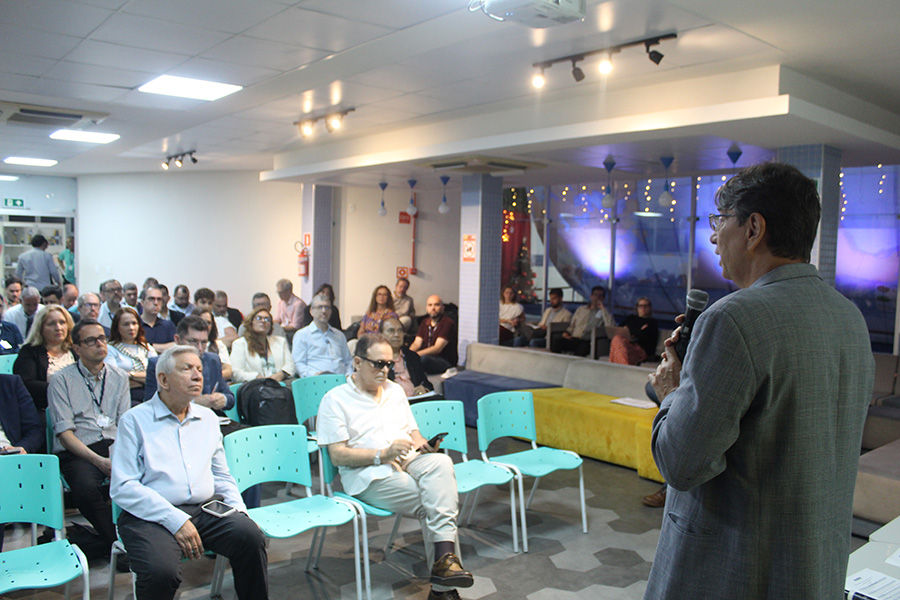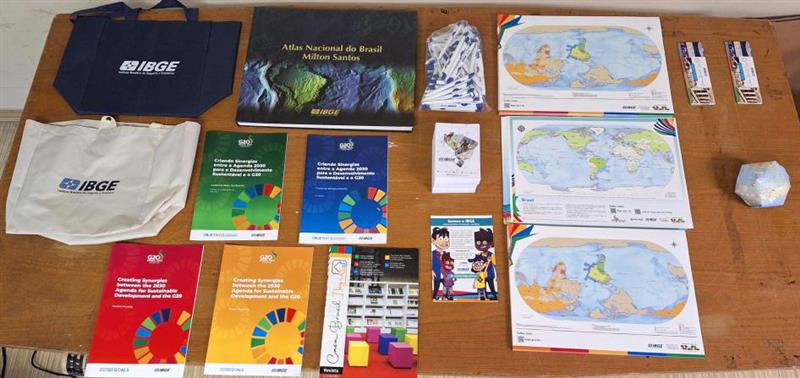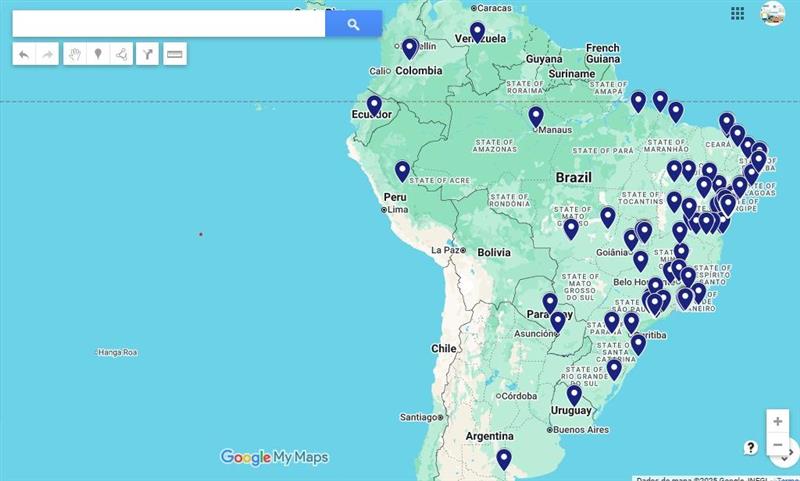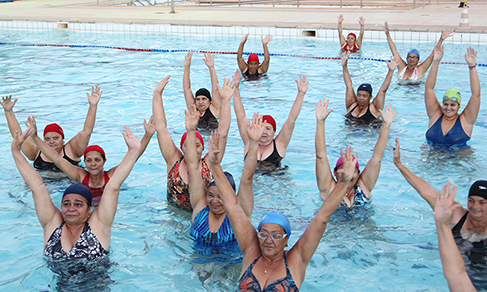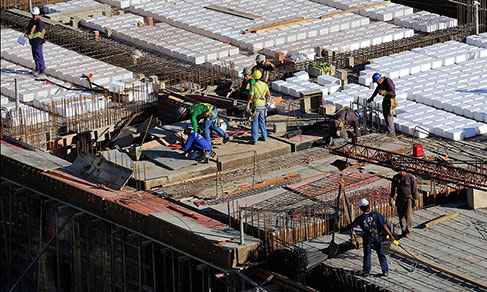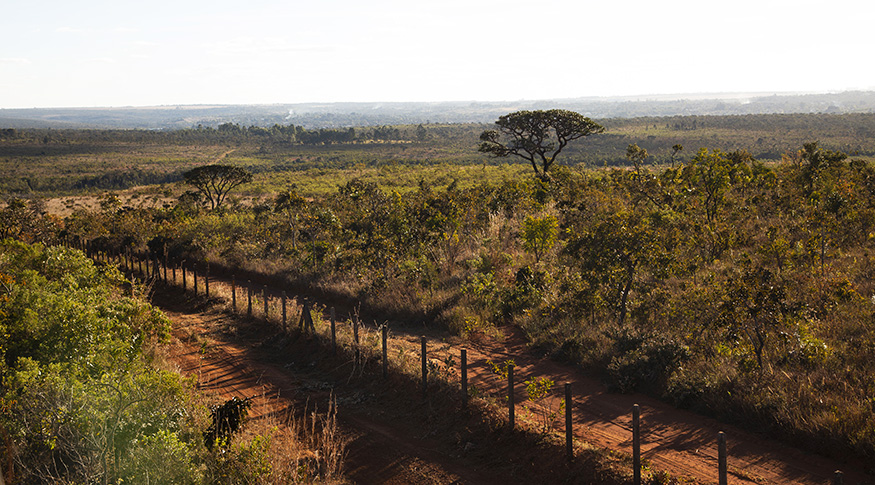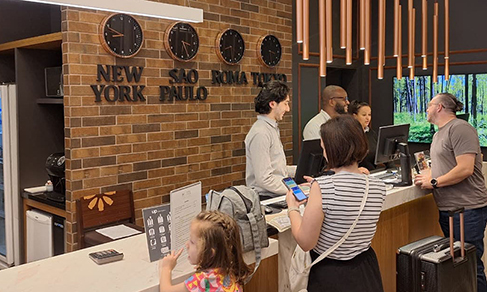National Accounts
GDP grows 1.0% in first quarter, leveraged by services sector
June 02, 2022 09h00 AM | Last Updated: June 02, 2022 05h14 PM
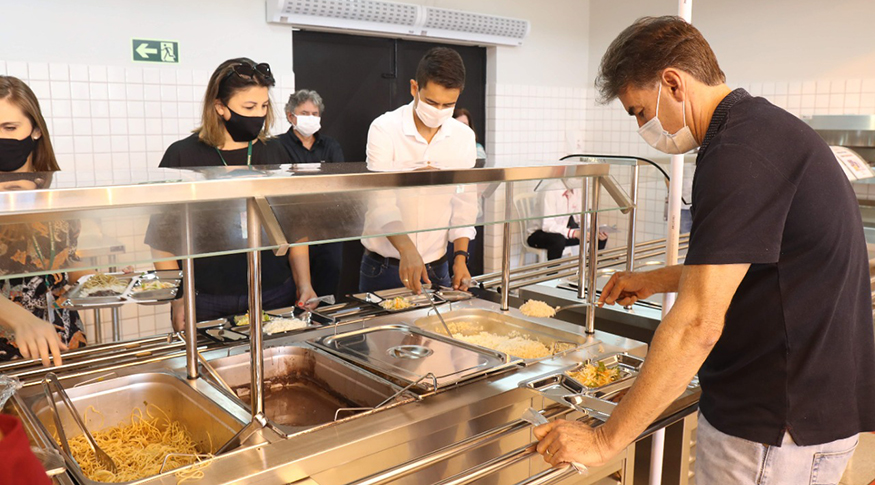
The Gross Domestic Product (GDP) grew 1.0% in the first quarter this year, compared with the last quarter a year ago. This is the third positive figure after the retreat in the second quarter of 2021 (-0.2%). At current values, the GDP, which is the sum of final goods and services produced in Brazil, reached R$2.249 trillion.
With this result, the GDP is 1.6% above the level of the fourth quarter of 2019, the pre-pandemic period, and 1.7% below the peak of the economic activity in Brazil, registered in the first quarter of 2014. That level is close to that recorded in the first quarter of 2015. The data are from the System of Quarterly National Accounts, released today (2) by the IBGE.
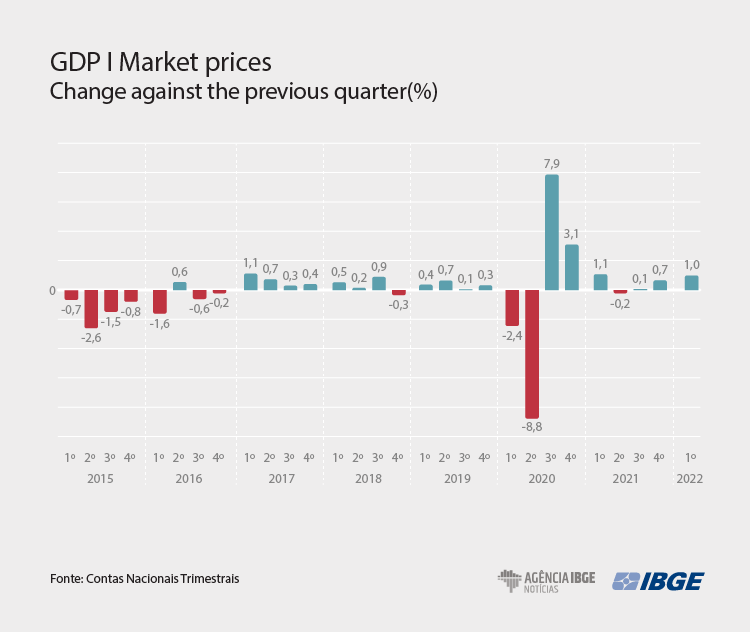
The growth of the economy was leveraged by the rise in services (1.0%), which represent 70% of the Brazilian GDP. “The highest growth in services was registered by other services, which rose 2.2% in the quarter, including many activities of services rendered to families, like lodging and feeding. Many of these activities are face-to-face and had a restrained demand during the pandemic,” explains Rebeca Palis, IBGE´s coordinator of National Accounts.
Still in services, Transportation, storage and mailing grew 2.1%. “Cargo transportation increased with the increase in e-commerce in Brazil in that period, as well as passenger transportation, mainly due to the increase in air travel, another demand restrained in the pandemic,” assesses the researcher.
On the other hand, agriculture retreated 0.9% in the first quarter. “This drop was mainly impacted by the drought in the South, which reduced the production estimate of soybeans, the largest crop in Brazil,” highlights Palis.
Industry remained stable (0.1%). The greatest advance in the industrial activities came from Electricity and gas, water, sewage and waste management activities (6.6%) and the only drop was in Mining and quarrying industries (-3.4%). “That activity pressed the result downward, and its drop is especially due to the production of iron ore, which dropped a lot. As Manufacturing industry rose (1.4%) and weights a lot in the group, it balanced the result of Industry,” explains her.
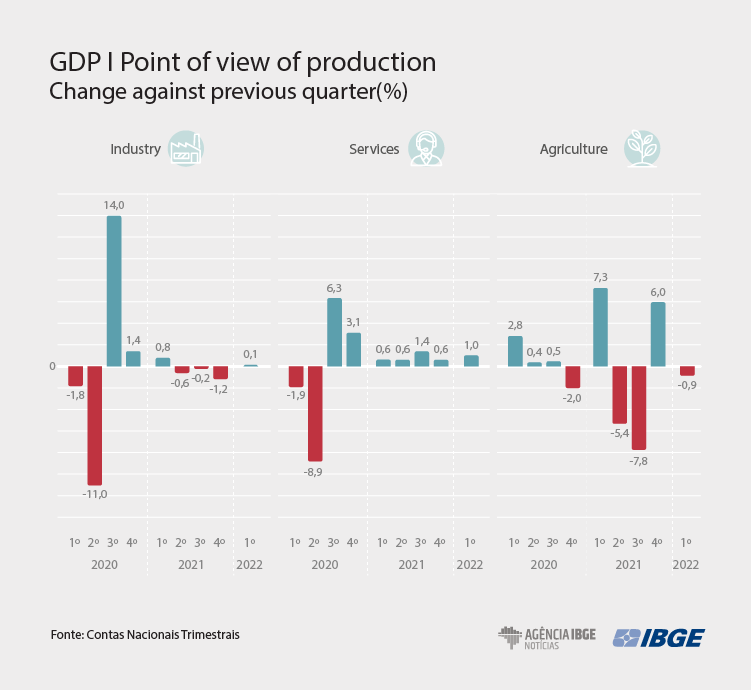
Household consumption increases 0.7%
The consumption of households grew 0.7% in the first quarter, whereas that of government remained stable (0.1%). “In household consumption, demand is also related to services, which are mainly face-to-face, like the activities related to travel,” tells Rebeca Palis.
In contrast, investments (Gross Fixed Capital Formation) fell 3.5%. “That drop was impacted by the reduced production and imports of capital goods, in spite of the growth in construction in the period,” explains her. In the first quarter, the investment rate was 18.7% of the GDP, below that reported in the same period last year (19.7%).
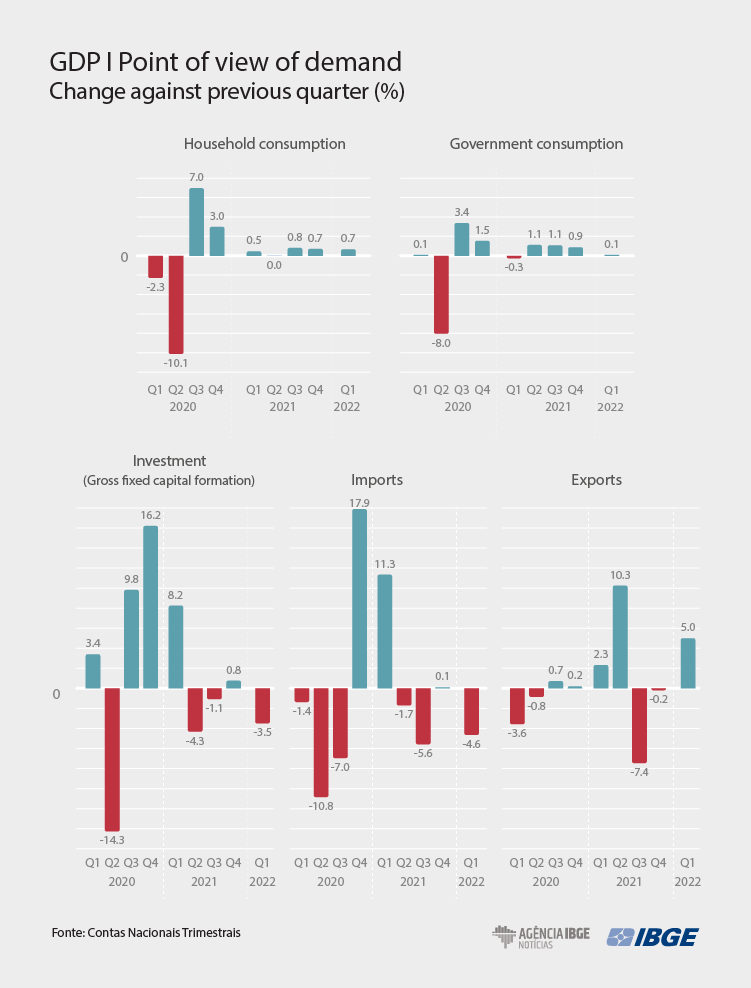
Agriculture and Industry fall in the inter-annual comparison
The GDP grew 1.7% against the first quarter last year. Agriculture dropped 8,0% in this comparison, a result that can be explained by the reduction in the production estimate of some crops whose harvests are important in the first quarter, like soybeans and rice.
Industry also dropped (-1.5%) in this comparison, influenced by the retreat in Manufacturing industry (-4.7%) and Mining and quarrying industry (-2.4%). The retreat in Manufacturing industry was influenced by the manufacture of electrical machines and devices, fabricated metal products, rubber and plastic products, furniture and pharmaceuticals. Mining and quarrying industries, in turn, were affected by the drop in the extraction of ferrous ore.
Services advanced 3.7% also against the first quarter a year ago, with a rise in most activities. The highlights were Other services activities (12.6%), which were impacted by the upturn of the demand for face-to-face services, Transportation, storage and mailing (9.4%), Information and communication (5.5%), Administration, defense, public health and education, and social security (2.9%) and Real estate activities (0.3%). Two activities dropped in that period: Financial, insurance and related services activities (-1.6%) and Trade (-1.5%).
About the System of National Accounts
The System of National Accounts shows the current values and the volume indexes, on a quarterly basis, for the Gross Domestic Product (GDP) at market prices, taxes on products, value added at basic prices, personal consumption, government consumption, gross fixed capital formation, stock change, exports and imports of goods and services. The survey began in 1988 at the IBGE and it was restructured in 1998, when their results were integrated to the System of National Accounts, of annual periodicity.



